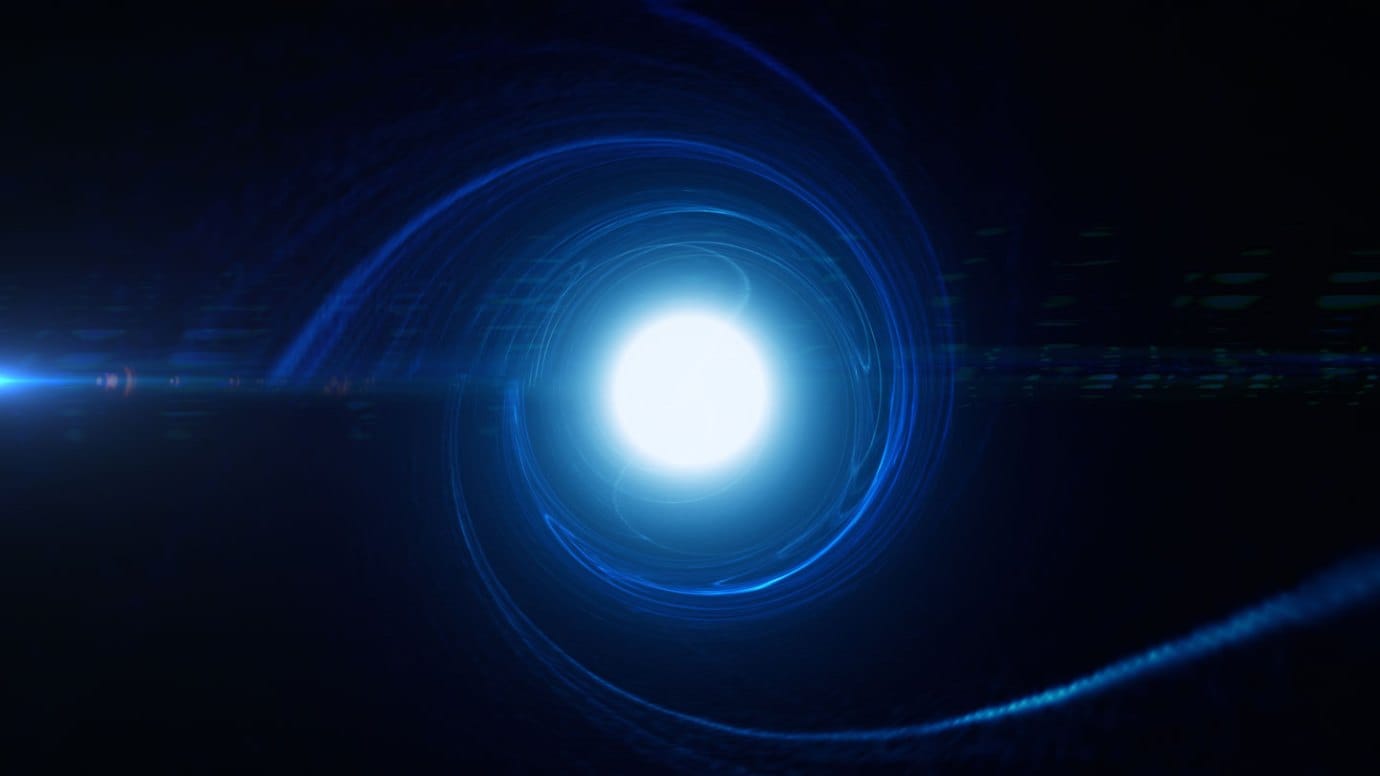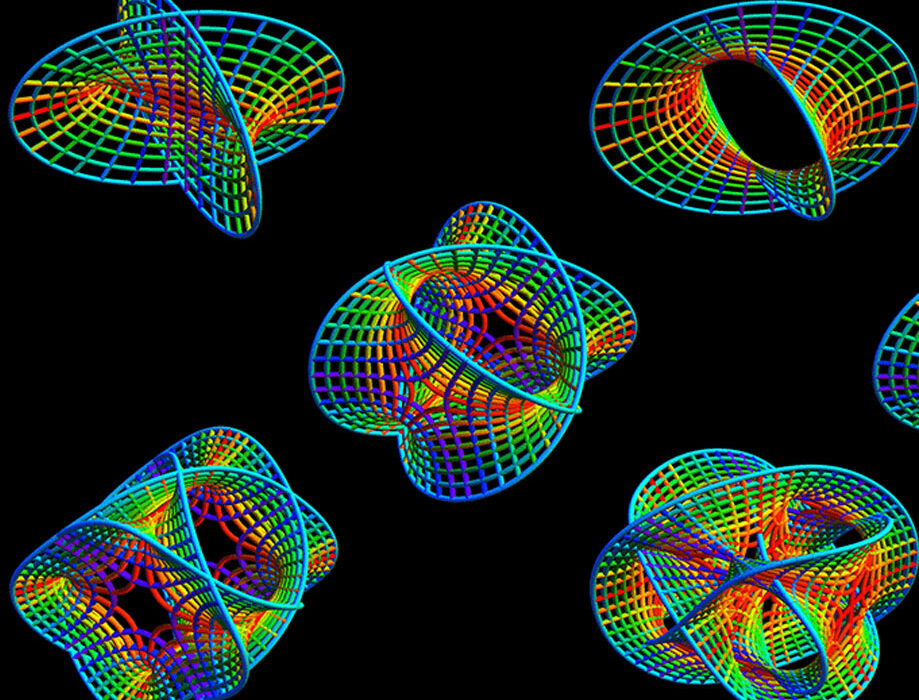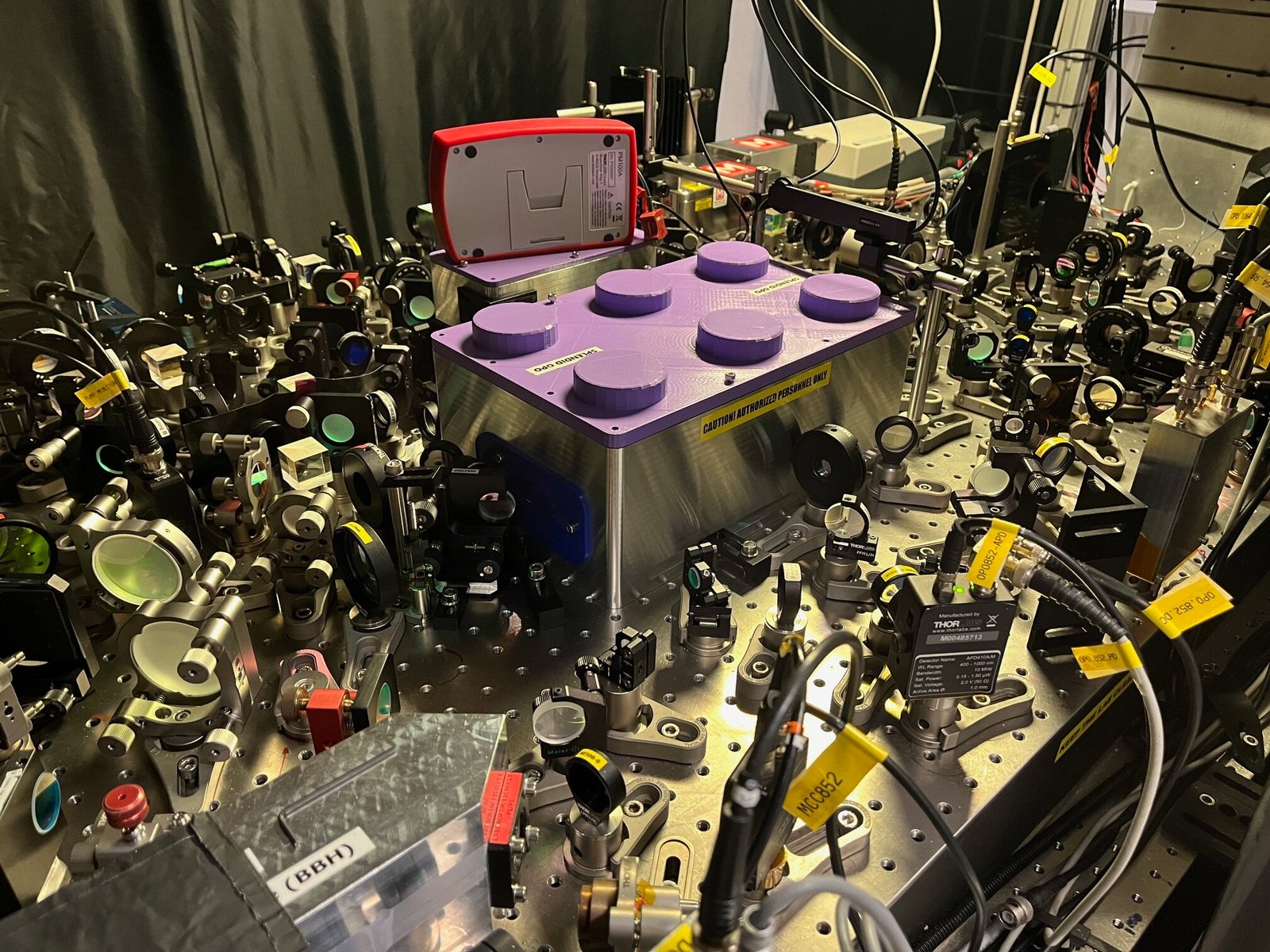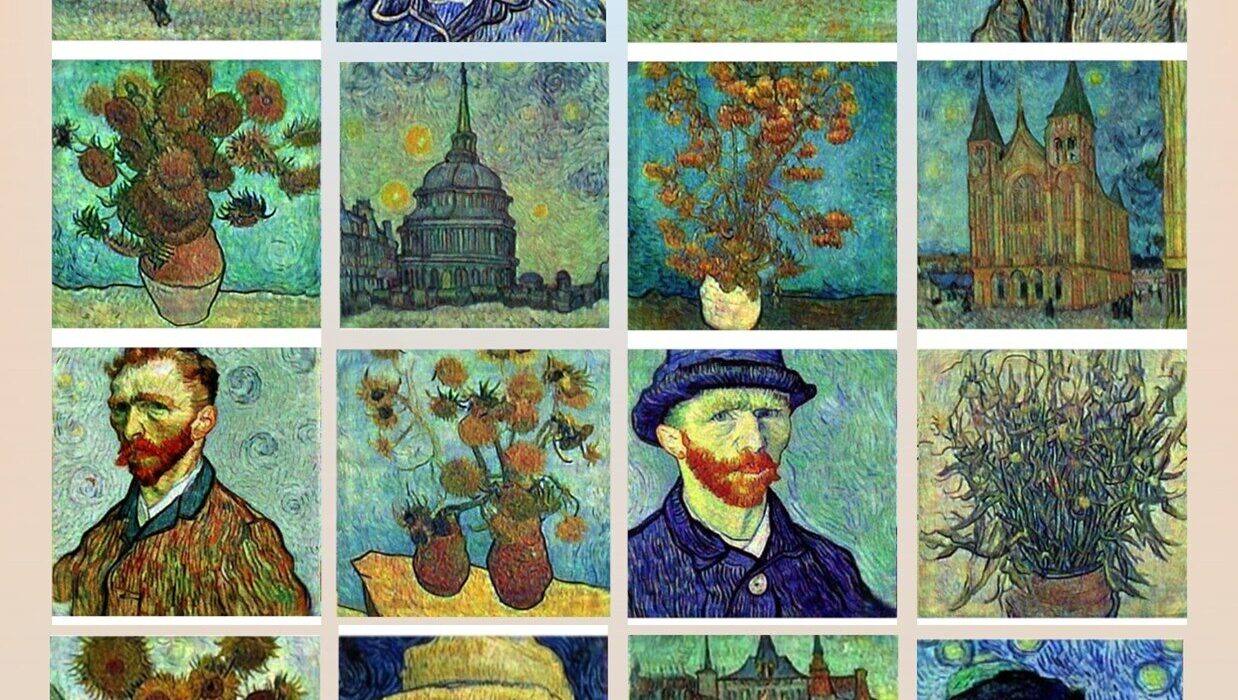In every moment of your life, unseen forces shape reality. When you turn on a light, billions of photons—tiny packets of energy—spring into existence. When your smartphone processes information, electrons dance through microscopic circuits. Even your thoughts, feelings, and the beating of your heart are guided by the rules of an invisible, counterintuitive realm: the quantum world.
Quantum physics is not merely another branch of science—it is the foundation of everything we know about matter, energy, and the universe itself. It describes a reality far stranger than our everyday experiences suggest, where particles can be waves, objects can exist in multiple states at once, and the act of observation can change the outcome of events.
For beginners, quantum physics can feel like stepping into a dreamscape where logic bends and certainty dissolves. Yet within its mysteries lies the technology that powers modern civilization and the clues to understanding the deepest questions of existence. This guide takes you on a journey into that unseen world—not with dry equations and sterile definitions, but with vivid storytelling, scientifically accurate explanations, and a sense of wonder at how profoundly quantum mechanics reshapes our understanding of reality.
The Birth of Quantum Physics
At the dawn of the 20th century, physics seemed complete. Isaac Newton’s laws of motion and gravity explained planets and falling apples. James Clerk Maxwell’s equations described electricity, magnetism, and light as perfectly smooth waves traveling through space. The universe appeared predictable and orderly.
But cracks began to appear in this classical worldview. In 1900, the German physicist Max Planck studied the radiation emitted by heated objects. Classical theory predicted that as objects became hotter, they should emit infinite amounts of high-energy light—a prediction clearly at odds with observation. To resolve this, Planck proposed something radical: energy is not continuous, like flowing water, but comes in discrete packets, which he called “quanta.” This idea marked the birth of quantum theory.
Soon after, Albert Einstein extended Planck’s concept while studying the photoelectric effect—how light ejects electrons from metal surfaces. He proposed that light itself is made of particles, later called photons. This dual nature of light—as both wave and particle—challenged the very fabric of classical physics. The door to the quantum realm had been opened, revealing a universe stranger and more intricate than anyone had imagined.
The Quantum Revolution: Particles or Waves?
In our everyday world, things have well-defined properties: a car is parked here or there, a ball is moving or still. But in the quantum world, this certainty dissolves. Consider electrons, the tiny particles orbiting atomic nuclei. Early experiments showed that electrons sometimes behave like solid particles—bouncing off surfaces or leaving discrete marks on detectors. But when fired through a double-slit apparatus, electrons created interference patterns typical of waves, as if each electron traveled through both slits simultaneously.
This baffling behavior suggested that quantum entities cannot be easily labeled as particles or waves—they are both, depending on how we measure them. The renowned physicist Niels Bohr introduced the principle of complementarity, stating that quantum objects exhibit particle-like or wave-like properties depending on the context, but never both at once in classical terms.
This duality is not just an abstract curiosity—it underlies phenomena like electron microscopy, lasers, and quantum computing. It tells us that at the deepest level, matter and energy are fluid and probabilistic, defying the solid categories of classical thought.
Quantum Superposition: Being in Two Places at Once
One of the most startling concepts in quantum physics is superposition. In the quantum world, particles can exist in multiple states or locations simultaneously until measured or observed. Imagine flipping a coin: in classical physics, it is either heads or tails, even mid-air. But a quantum coin could be in a blended state of both heads and tails at once, only collapsing into a definite outcome when you catch and look at it.
This phenomenon has been demonstrated in countless experiments. In quantum systems, electrons can spin up and down simultaneously, photons can travel along multiple paths, and atoms can occupy different energy states at once. This is not a failure of measurement or human knowledge—it is the fundamental nature of reality at microscopic scales.
Superposition has profound implications. It enables quantum computers to process vast amounts of information in parallel, far surpassing classical machines. It challenges our everyday notion of reality as fixed and determinate, suggesting instead a universe where possibilities exist alongside each other until crystallized by observation.
Entanglement: The Quantum Connection
If superposition bends our understanding of reality, quantum entanglement shatters it entirely. When two particles become entangled, their properties become linked, no matter how far apart they are. Measuring one particle instantly determines the state of the other, even across galaxies, as if information transcends space and time.
Albert Einstein famously called this “spooky action at a distance,” doubting it could be real. Yet repeated experiments have confirmed entanglement as an authentic feature of quantum mechanics. It is not that particles send signals faster than light, but rather that they share a single, unified quantum state.
Entanglement is not just a philosophical puzzle—it has practical applications. It forms the backbone of quantum cryptography, promising secure communication channels based on the laws of physics themselves. It could enable quantum networks that teleport information without physically moving particles. In a deeper sense, entanglement hints that the universe is profoundly interconnected, that separateness may be an illusion born of classical perception.
The Uncertainty Principle: Limits of Knowledge
In classical physics, if we know all the forces acting on an object, we can predict its future with perfect accuracy. Quantum physics imposes a fundamental limit on this determinism. Werner Heisenberg’s Uncertainty Principle states that certain properties, like a particle’s position and momentum, cannot both be known with infinite precision. The more accurately we know one, the less we can know the other.
This is not a flaw of measurement but a feature of reality itself. At quantum scales, particles do not have exact positions or velocities until they are measured. They exist as clouds of probability, potentialities waiting to become actual.
The uncertainty principle reshaped physics, forcing scientists to abandon the dream of complete predictability. Instead, quantum theory provides probabilities of outcomes, a statistical framework that has been tested to extraordinary precision. It reminds us that nature is not a clockwork machine but a dance of possibilities woven into the fabric of existence.
Quantum Leaps: Discrete Energy and Atomic Structure
The term “quantum leap” has entered popular language to mean a sudden, dramatic change. In physics, it describes how electrons move between energy levels in an atom. Unlike planets smoothly orbiting a star, electrons can only occupy specific, quantized energy states. When they jump from one level to another, they emit or absorb photons of precise energies.
This quantization explained the mysterious spectral lines seen in atomic emissions—distinct colors produced when atoms are heated or excited. Niels Bohr’s model of the hydrogen atom used quantum ideas to show that electrons cannot spiral into the nucleus as classical physics predicted. Instead, they are locked in stable orbits, leaping between them in discrete steps.
Quantum leaps revealed that the microscopic world is not continuous but granular. Energy, matter, and action come in indivisible packets. This insight laid the groundwork for quantum chemistry, lasers, semiconductors, and much of modern technology.
The Observer Effect: Reality and Measurement
Perhaps the most unsettling aspect of quantum physics is the role of the observer. Experiments show that measuring a quantum system collapses its superposition into a definite state. Before measurement, a particle exists in multiple possibilities; after, only one.
The famous Schrödinger’s cat thought experiment illustrates this paradox. A cat is placed in a sealed box with a device that has a 50% chance of killing it based on a quantum event. Until observed, quantum mechanics suggests the cat is both alive and dead simultaneously—a superposition of states. Opening the box collapses this duality into one outcome.
This does not mean human consciousness magically shapes reality. Rather, measurement—any interaction with the environment—forces quantum systems to choose a state. Still, it raises profound questions about objectivity, determinism, and the boundary between quantum and classical worlds.
Quantum Fields and Particles: The Modern View
While early quantum theory described particles as behaving oddly, modern physics goes further. Quantum Field Theory (QFT) sees the universe not as a collection of discrete particles but as fields stretching across space and time. Particles are simply excitations, ripples in these underlying fields.
The electron is a vibration of the electron field; photons are ripples in the electromagnetic field. Even the vacuum of empty space teems with fluctuations, where particles briefly pop in and out of existence. This field-based view unifies quantum mechanics with special relativity and forms the basis of the Standard Model of particle physics, which describes the fundamental forces and constituents of matter.
In this framework, quantum leaps and superpositions are natural consequences of the fields’ quantized nature. It suggests that reality is not built from tiny billiard balls but from an invisible ocean of energy, where what we call particles are transient waves, forever linked to the cosmic whole.
Quantum Technology: From Theory to Innovation
Quantum mechanics is not confined to laboratories or blackboards—it shapes everyday life. Modern electronics rely on quantum principles governing semiconductors and transistors. Lasers, once thought impossible, exploit stimulated emission of photons, a quantum process. MRI machines image the body using quantum spin properties of nuclei.
Looking ahead, quantum technologies promise to revolutionize computing, communication, and sensing. Quantum computers harness superposition and entanglement to perform calculations impossible for classical machines. Quantum encryption uses entanglement to create unbreakable codes. Quantum sensors could detect minute changes in gravity or electromagnetic fields with unprecedented sensitivity.
These innovations stem from the strangeness of the quantum world, transforming paradox into power, mystery into mechanism.
The Quantum Universe: Implications for Reality
Quantum physics does more than describe particles—it challenges our understanding of existence itself. It suggests that reality is not deterministic but probabilistic, that objects lack definite properties until measured, that everything is interconnected at a fundamental level.
Some interpretations propose multiple universes where every quantum possibility is realized. Others suggest that consciousness plays a role in shaping outcomes, though this remains speculative. At its core, quantum mechanics implies that what we call “reality” is a web of possibilities, dynamically unfolding through interaction and observation.
Even space and time may be emergent, not fundamental, born from deeper quantum processes. Physicists searching for a theory of quantum gravity—uniting quantum mechanics with general relativity—explore concepts like quantum spacetime and holographic universes, hinting that the true nature of reality may be stranger than anything we can yet imagine.
A Beginner’s Path into Quantum Physics
For beginners, quantum physics can feel overwhelming, a storm of paradoxes and counterintuitive ideas. But its essence is a story of discovery, of humanity pushing beyond the limits of classical thought to glimpse the universe’s hidden order.
Learning quantum physics begins with curiosity. It starts with questioning the obvious: Is light a wave or particle? Can an object be in two states at once? Does reality exist independently of observation? As you explore these questions, you step into the same journey taken by Planck, Einstein, Bohr, and countless others—a journey into the heart of existence.
You do not need advanced mathematics to appreciate its wonder. Visualizing waves interfering, imagining entangled particles communicating across light-years, contemplating the quantum fields underlying all matter—these are ways to connect with quantum physics emotionally and intellectually.
Quantum Leaps of Understanding
A century ago, the quantum world was hidden from view. Today, it powers our technology, shapes our philosophy, and challenges our imagination. From Planck’s quanta to quantum computers, from Schrödinger’s cat to entangled networks, we have leapt forward in understanding, yet mysteries remain.
Quantum physics is not just a scientific theory—it is a new way of seeing reality, a reminder that the universe is far richer and more mysterious than our senses reveal. It tells us that certainty is an illusion, that possibilities coexist, that everything is interconnected.
As you learn, remember that every discovery in quantum mechanics began with wonder, with someone daring to ask questions others thought impossible. The quantum world may seem bizarre, but it is the very fabric of existence. And as we continue to make quantum leaps in knowledge and technology, we move closer to answering humanity’s oldest question: what is the true nature of reality?






